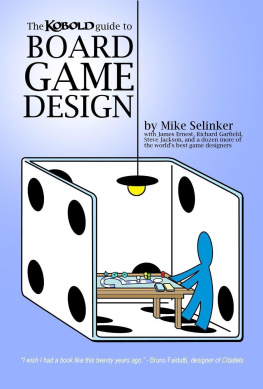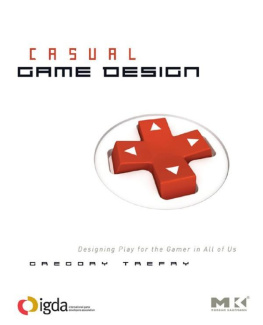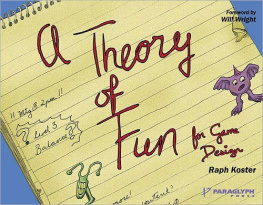DESIGNING FOR PLAY
First published 2001 by Ashgate Publishing
Reissued 2018 by Routledge
2 Park Square, Milton Park, Abingdon, Oxon 0X14 4RN
711 Third Avenue, New York, NY 10017, USA
Routledge is an imprint of the Taylor & Francis Group, an informa business
Copyright Barbara E. Hendricks 2001
All rights reserved. No part of this book may be reprinted or reproduced or utilised in any form or by any electronic, mechanical, or other means, now known or hereafter invented, including photocopying and recording, or in any information storage or retrieval system, without permission in writing from the publishers.
Notice:
Product or corporate names may be trademarks or registered trademarks, and are used only for identification and explanation without intent to infringe.
Publisher's Note
The publisher has gone to great lengths to ensure the quality of this reprint but points out that some imperfections in the original copies may be apparent.
Disclaimer
The publisher has made every effort to trace copyright holders and welcomes correspondence from those they have been unable to contact.
A Library of Congress record exists under LC control number: 00111538
ISBN 13: 978-1-138-63477-0 (hbk)
ISBN 13: 978-1-315-20485-7 (ebk)
This book is aimed at the designer who would like to design well for the children. It is intended as a reference to introduce current issues and ideas relating to children in public spaces. The large body of literature and expertise relating to child development and child psychology may seem inaccessible to a designer; in this book I hope to whet their appetite to come to know more about this important population.
This is a book, but I hope it is not a typical book. A book about play should also signal that it is to be played with, it is for people who play, who play seriously. It is not necessary to start at the beginning and read toward the back. You can also start in the middle and read toward the front. Boxes of information and highlighted ideas that catch your attention can be the starting point. Some statements that are important to me are repeated - this is not a mistake in the editing - it is deliberate. Repetition is part of he way we play and the way we learn and remember; the repetition is part of the rhythm of this book. The whole aim is to increase the quality of designing for play - and we can only do that when we feel freer as adult designers to use play as a tool for our own further development as well as enjoy it for the fun of it. Enjoy!
The author and publishes would like to thank the following publishers and organisations for permission to reproduce material or illustrations. While we have made every effort to contact and acknowledge copyright holders and sources, the many changes of publishers and merger of publishing companies have sometimes made it difficult to find the actual copyright holder. If there are any errors or emissions, please contact the author and we will gladly correct this in further printings.
Illustrations:
The Osborne Collection of Early Children's Books, Toronto Public Library for two illustrations from Healthful Sports for Young Ladies, pages 19 and 23.
The Victoria and Albert Museum, V&A Picture Library for Reitveld's Beach Buggy of 1916, page 37.
Notts Sport for photographs of school yards, pages 86, 115 and 195.
Designing for play has been the rightful field of work for anyone who wishes to set themselves up as a playground designer. There is no clearly identified body of knowledge required nor any particular design skills. Architects, landscape architects, sculptors, engineers, technicians, builders, gardeners, sportsmen, educators and former children all have tried their hand at playground design. The multitude of angles from which we approach playground design could be seen to bring in a wonderful diversity to this field. Unfortunately that is not so. Public playgrounds have been part of western cities for a little over one hundred years now and yet as we enter into the twenty first century there is no other aspect of public provision that has changed so little over the past century and is so boringly the same around the world as public playgrounds.
Why is this so?
Is this because there is so little professional competence in the design of play areas?
Is it because designing for children has little or no prestige in society?
Is it because societies do not prioritise good quality space design for children as a public service?
Is it because children have no political power?
Is it because the adults are too busy taking care of their own needs?
The list of questions could continue - there is no simple answer to the problems in public playgrounds design. The solution lies in the will of society to want to offer children a quality childhood, where children are recognised as citizens and not extensions of their parents. To date there are few role models to follow when trying to establish new levels of service for children. We need to look to the basic characters of play and of childhood. Yet if there is no agreed upon body of knowledge - where do we start?
How do we know something?
We recognise as right or accurate pieces of information that seem to make sense to us. When we are new to a subject and learning about it for the first time we tend to accept without question the first pieces of information we are told about that subject. After that all further incoming information is filtered through the first set of knowledge we have.
When we are learning about children's play out of doors, a subject where there are a multitude of meanings and theories, we need to consider carefully those first pieces of information we have accepted and identify our biases, otherwise we are in danger of discarding salient knowledge about children and children's play in favour of that information we first received.
Some excellent articles and books have been written on designing for children's play - and there have been many nostalgic and romanticising publications as well. The design profession have been busy contributors -mostly landscape architects or architects, however the majority of reference books have been written by pedagogues and early childhood experts.
Many of the playground design books now published are a type of do-it-yourself playground design guide. Playground design has been seen to be a distant cousin of garden design at the amateur, home-gardener level. Anyone can do it, if they just follow a few technical tips and guidelines. This book takes playground design seriously - like play itself. It is a book aimed at bringing the issue of designing for play up to a professional level - a subject for designers about design.
Looking through the literature on designing play areas I have renewed my acquaintance with Arvid Bengsston's Environmental Planning for Children's Play. I have enjoyed the text and photographs every time I read the book and I have found that at different stages in my professional development I would find more material for thought and inspiration. This last time with the book I was struck with the sections dealing with the problems facing children living in cities - it sounded so immediate, as if he was writing about the situation in 1999. Actually it was 1970 when he wrote it.
What has happened in these 29 years? Little has changed to alter conditions in public spaces in cities in favour of use by children. In fact, Bengsston starts the book by referring to a 1958 European seminar on the problem of playgrounds. Forty years later the list of problems is almost the same and just as long. Is there a real intent on the part of society to provide well for children's use of public spaces? There seems to still be a great gap between people like Arvid Bengsston and other advocates of children's welfare and right to play and those professionals who are responsible for the form and content of the everyday public spaces used by children. Often the technical literature intended to inform these professionals only seems to widen the distance because each new text increases the height of the mountain of opinion and ideas we are trying to get an overview of.

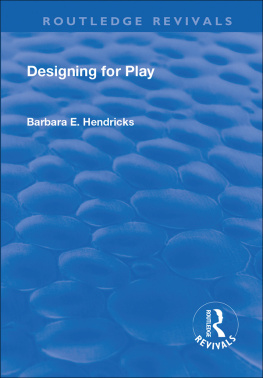
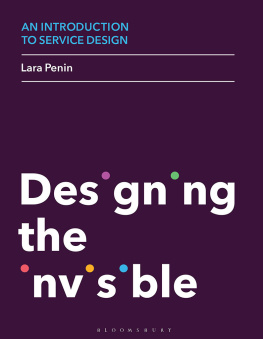


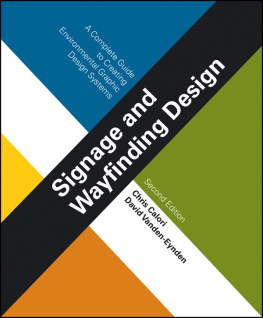
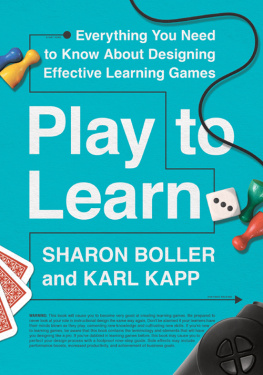
![Ethan Ham [Ethan Ham] - Tabletop Game Design for Video Game Designers](/uploads/posts/book/119417/thumbs/ethan-ham-ethan-ham-tabletop-game-design-for.jpg)
